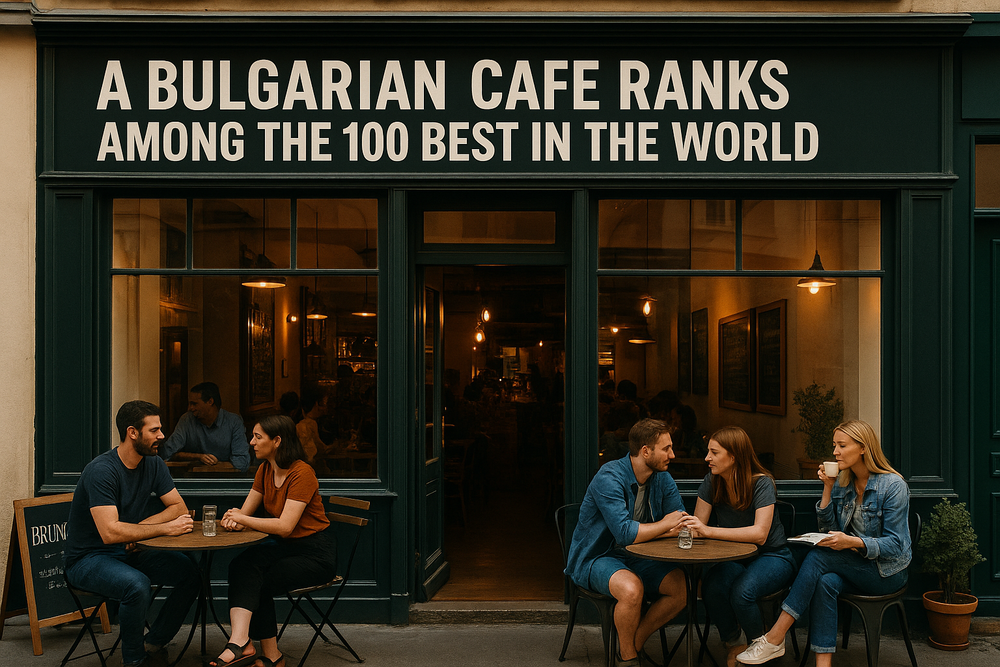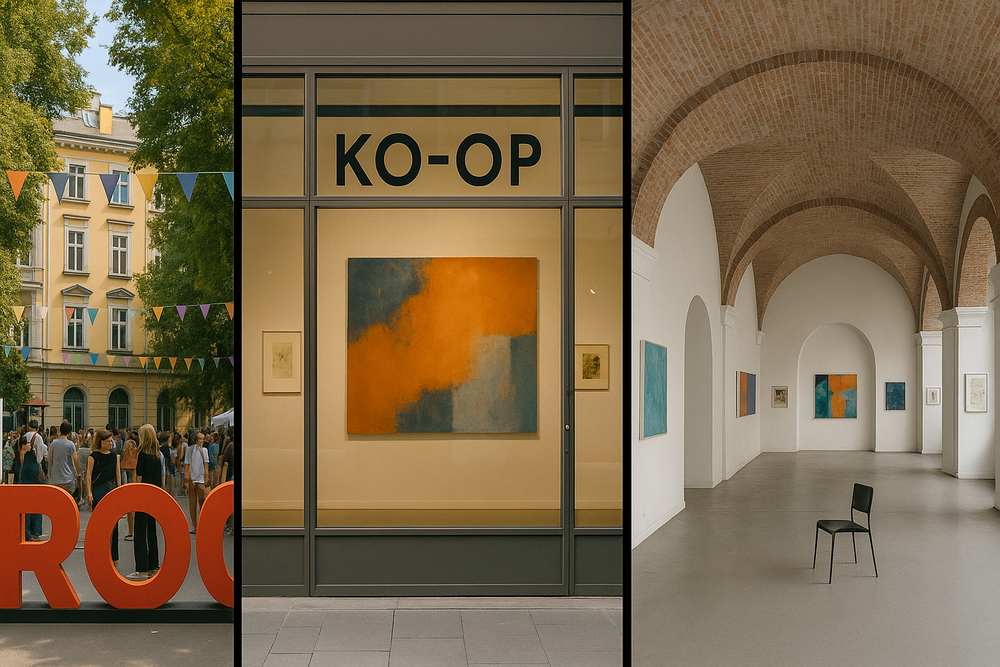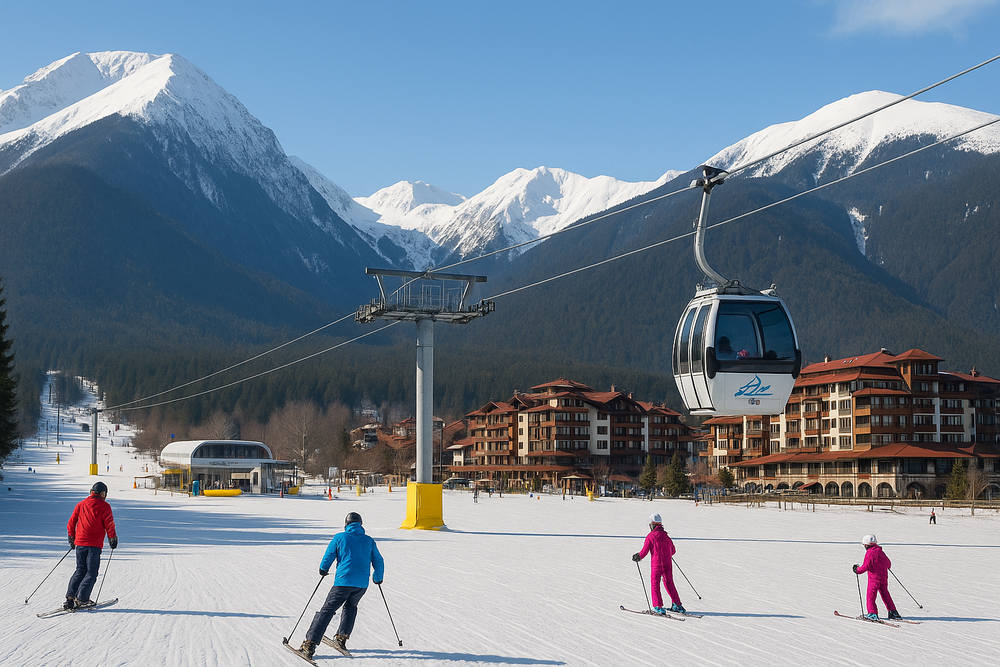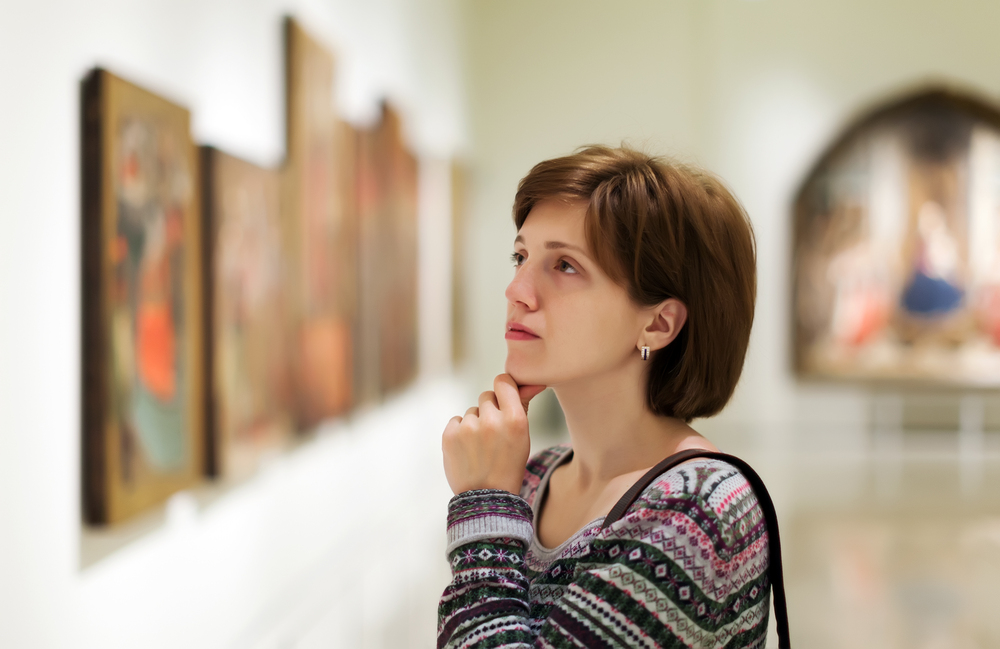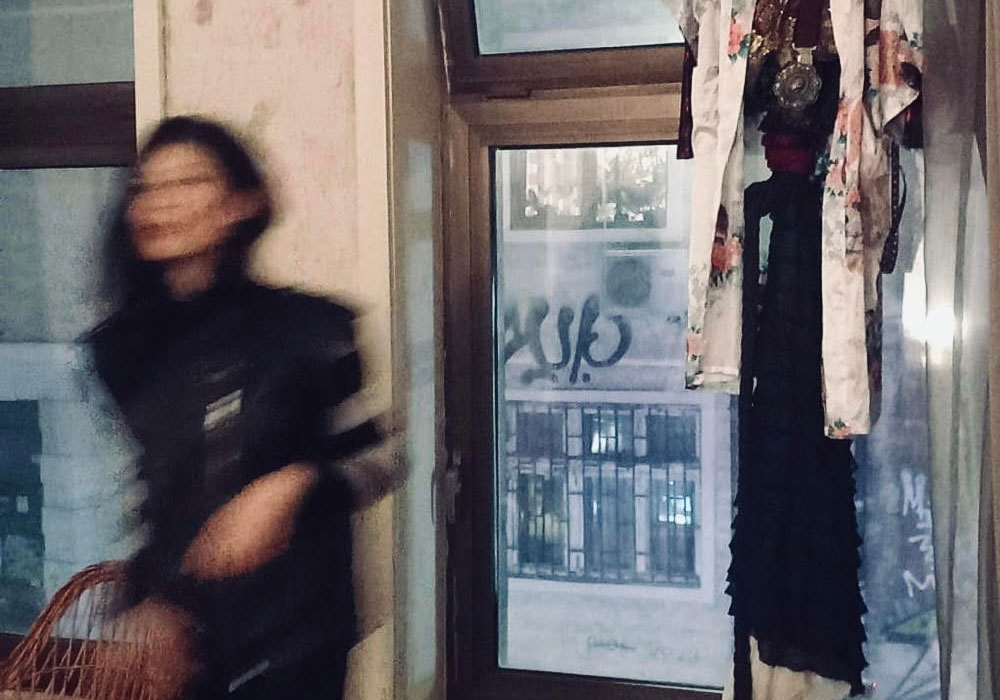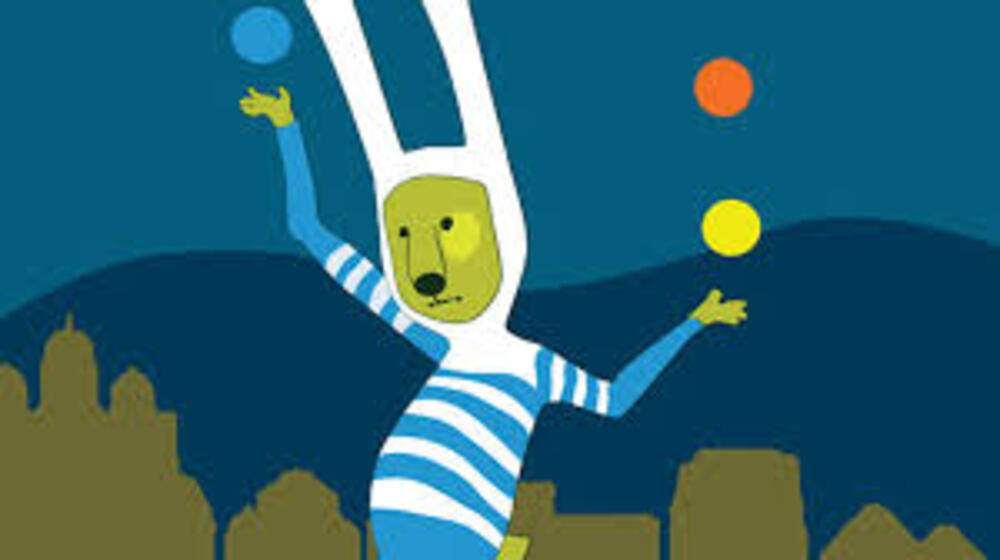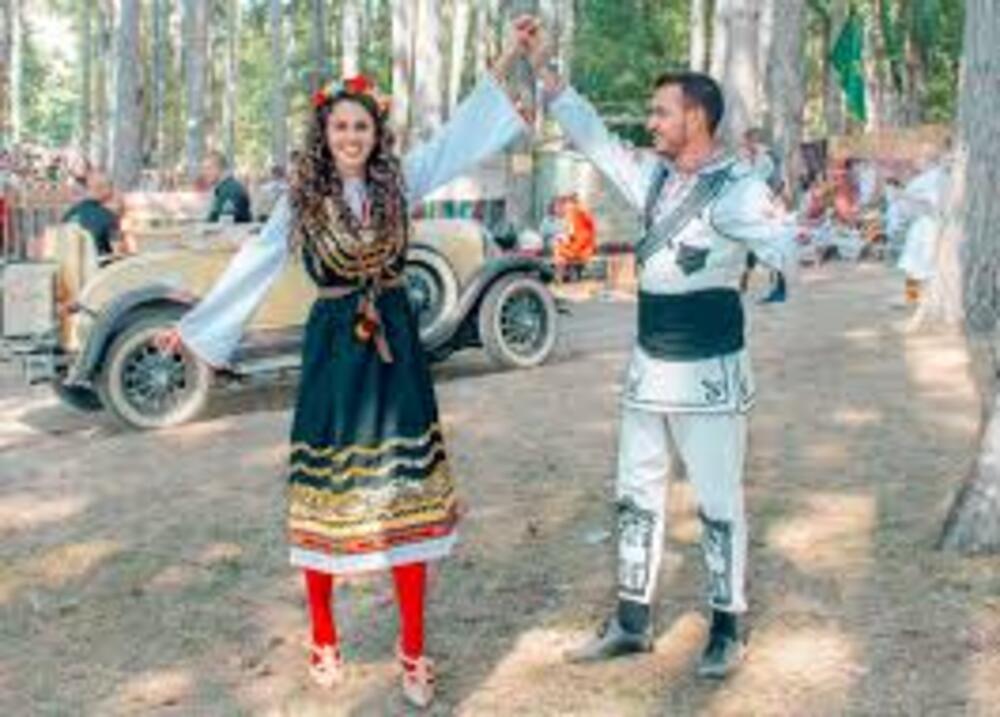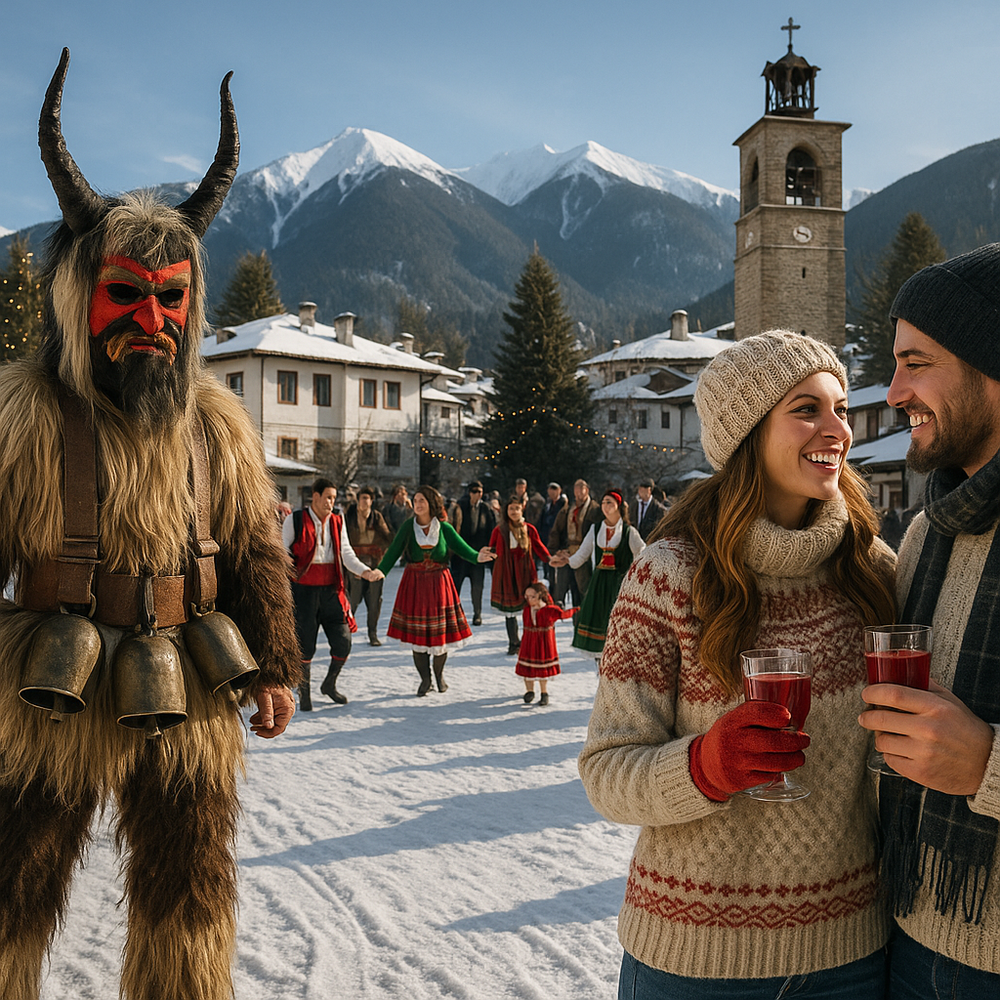Let’s start from the beginning: how did your journey in art and illustration begin, and what inspired you to pursue it professionally?
My journey in art and illustration began long ago in my early childhood. As far back as I can remember, my life has always revolved around art, much like the Earth revolves around the Sun. I was a very artistic and energetic child, and art was always there as the perfect companion, ensuring I would never feel bored. Whether it was music, dancing, drawing, writing, or building creative Lego constructions, every activity enriched my life in some way and brought me satisfaction. That’s why I never faced the question, “What should I pursue as a future profession?” I instinctively knew that art was my path.
What inspired me was the beauty within art and the opportunity to express my true values while creating something aesthetically pleasing.
You studied Graphic Design in Sofia and later completed a Master’s at New Bulgarian University. How have your academic experiences shaped your artistic vision?
This period of my life was significant because it provided me with a strong foundation. My academic experiences helped expand my artistic vision and cultivate patience within me. Meeting various professionals in these fields exposed me to different worldviews and inspired me to discover my true voice. I learned to determine what should and shouldn’t serve as my starting points as an artist. While I may not have agreed with every opinion of these individuals, I still respect their perspectives. I truly believe that this diversity of thought has been a tremendous advantage for my growth as an artist today.
 Nadezhda Petrova | Whales | 2022
Nadezhda Petrova | Whales | 2022
In 2019, you founded your studio “Made by Nadiusha.” What motivated you to create this space, and how has it evolved since then?
My initial motivation for creating a dedicated space was a simple lack of room. If you’ve ever tried to work with clay in your living room, you’ll understand what I mean. Once I began losing my pencil and cup of tea amid my supplies, it became clear that I needed a specific area for my creative endeavors.
Since then, how has this space evolved? I believe it’s more about my personal growth than the space itself. While it serves as a sanctuary for my artistic passion, it’s also a welcoming environment where fellow artists can connect. I’m always open to collaborations and love sharing this space with anyone who feels we could grow together or simply wants to say “Hi!” and enjoy a friendly conversation about art over a cozy cup of tea.
Your works combine many influences—from history and literature to mythology and science. How do you choose your subjects or themes?
I often choose my topics based on deep emotional resonance. Curiosity flows through my veins; I revel in reading, watching films, and keenly observing human behavior. I am captivated by the wonders of art, the intricacies of history, the enigmas of criminology, the vastness of the universe and space, the allure of alchemy and mysteries, the richness of mythology and symbolism, and the depth of psychology and body language, as well as the discoveries of geography. Each of these fields inspires a spark within me. An ordinary visit to a bookstore, a thought-provoking documentary, an intriguing article from the past, or even a fleeting moment spent watching the man on the next bench in the park can ignite the flame of creativity for my next artwork, as long as it leaves a lasting impression. This insatiable curiosity compels me to dive deeper into each topic, exploring its depths with fervor. Once a spark is ignited, it’s only a matter of time before I uncover a unique interpretation through my own lens.
 Nadezhda Petrova | Heart is master of our mind | 2024
Nadezhda Petrova | Heart is master of our mind | 2024
The sculpture dedicated to the Belene concentration camp is powerful and emotional. Can you tell us more about this work and what it means to you?
This sculpture is one of the art dolls I created for the Human Times project, which was co-funded by the European Union’s Europe for Citizens Programme. The project aimed to explore various aspects of totalitarian regimes and their destructive effects on humanity. Topics covered included the use of poison gas as a weapon of mass extermination and the theft of human and personal freedoms, encompassing both physical liberty and the right to hold individual opinions and to progress in thought.
Our primary goal was to create a biographical memory of humanity, serving to protect us from repeating crimes against humanity.
This topic is particularly important to me because it is tied to my people’s history, which continues to influence our present way of life. It was essential for me to convey the emotions I felt during my visit to the “Belene” concentration camp. This site has a distinct energy characterized by hopelessness, despair, isolation, and a complete disconnect from everything familiar. I aimed to reflect these feelings in my sculpture.
You live and work in Kazanlak, in the heart of Bulgaria’s Rose Valley. How does this region influence your creative process and worldview?
Kazanlak is a small city with rich traditions and a deep history. The Damascena Rose and Thracian heritage are prominent symbols of my hometown. Since my childhood, I have been immersed in these captivating legends, which have undoubtedly sparked my passion for mythology, history, and symbolism. Their timeless tales have shaped not only my curiosity but also the way I view the world around me.
 Nadezhda Petrova | Belene concentration camp – the invisible killer of free thinking | 2022
Nadezhda Petrova | Belene concentration camp – the invisible killer of free thinking | 2022
What role does Bulgarian culture—its folklore, history, and social context—play in your work?
The folklore and history of my country significantly influence my development as an individual. I come from a small country that often feels politically insignificant. This makes it more challenging for me to establish my place among artists from countries with richer cultural and artistic backgrounds. However, I believe that these differences can enhance the quality and personality of my work as a creator.
From illustrations to mixed media sculpture, your art spans many forms. Do you approach each medium differently, or is there a shared starting point?
There is always a shared starting point, and that point is having a good idea. Everything begins there. I usually immerse myself in research on the topic, allowing my thoughts to take shape and evolve into preliminary sketches. This approach proves to be effective for both illustration and sculpture, allowing for a structured exploration of creativity.
 Nadezhda Petrova | Butterfly metamorphosis – Maria Sibylla Merian | 2024
Nadezhda Petrova | Butterfly metamorphosis – Maria Sibylla Merian | 2024
Are there any projects or exhibitions—past or upcoming—that stand out as especially meaningful to you?
Every project, whether past or upcoming, holds significance for me as it reflects my thoughts, feelings, and the time I’ve invested in it. However, if I had to highlight a couple of specific projects, they would be “Human Times” and my current project, “Secrets of Ages.” “Human Times” stands out to me because I believe our work encourages a profound reflection on the deeply painful issues facing our society. That’s why I hope “Human Times” will be significant not only for me but also for its potential social impact.
“Secrets of Ages” is a documentary series that explores the ancient tradition of astrology and its connection to modern psychology. It delves deep into history to uncover the pivotal origins in mythology that inspired the Theory of Archetypes. The series aims to illustrate how this understanding can help contemporary individuals overcome challenges such as fear, anxiety, self-doubt, and a sense of unfulfillment, among others.
I would like to express my gratitude to the coordinator of both projects, the Foreground Foundation in Bulgaria, for trusting in my abilities and for the opportunity to collaborate on such thought-provoking themes.
What do you think about the current art scene in Bulgaria? Is it evolving in a direction that inspires you?
I believe things are progressing, but I wish the steps being taken were more decisive. Unfortunately, my country does not currently provide sufficient opportunities for individuals interested in pursuing a career in the arts, and there is considerable room for improvement in this area. Nonetheless, I believe it is important to maintain an optimistic outlook that conditions will eventually improve.
 Nadezhda Petrova | Girl in kimono
Nadezhda Petrova | Girl in kimono
